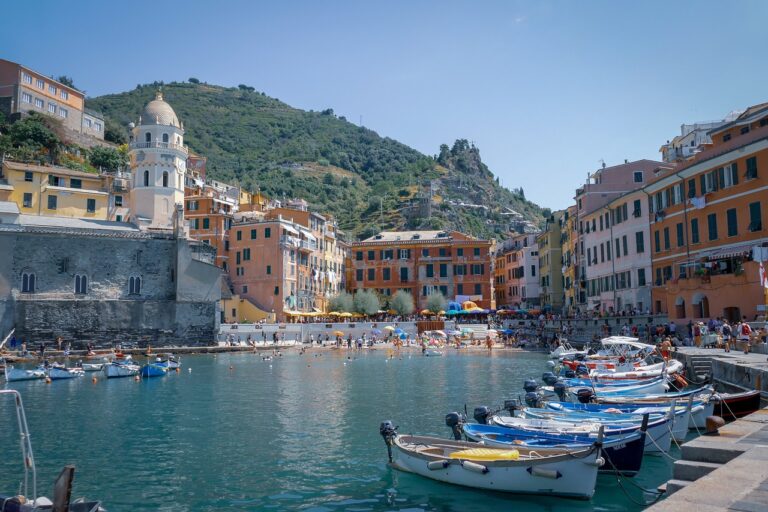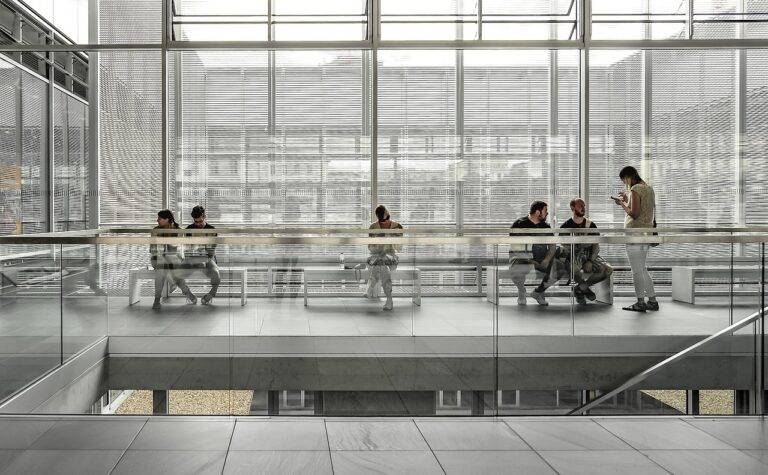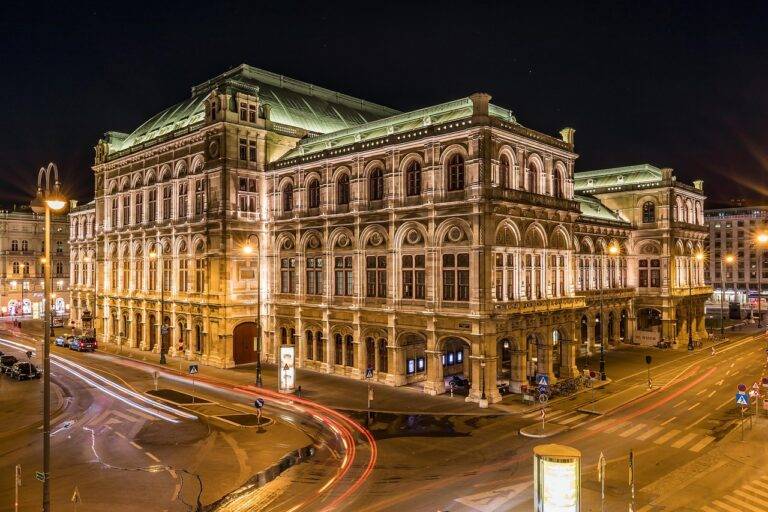The Future of Airports: Innovations in Passenger Experience and Sustainable Design
In the ever-evolving landscape of transportation, innovative technology integration has become a cornerstone in enhancing the overall passenger experience. From the moment travelers book their tickets to the time they reach their destinations, cutting-edge technologies play a vital role in streamlining processes and ensuring a seamless journey.
Automated check-in kiosks, real-time updates on mobile apps, and biometric scanners are just a few examples of how technology is revolutionizing the way passengers interact with transportation systems. These advancements not only improve efficiency and reduce wait times but also pave the way for a more personalized and tailored travel experience for each passenger.
Enhancing Passenger Comfort and Convenience
One key aspect of modern transportation is the continuous effort to enhance the overall passenger experience. With technological advancements revolutionizing the way we travel, the focus has shifted towards ensuring comfort and convenience for passengers throughout their journey. From streamlined check-in processes to personalized in-flight entertainment options, airlines are prioritizing passenger satisfaction at every touchpoint.
In addition to technology-driven improvements, the design and layout of transportation hubs and vehicles are also being meticulously planned to optimize passenger comfort. Ergonomic seating arrangements, ambient lighting, and efficient ventilation systems all contribute to creating a more pleasant environment for travelers. By acknowledging the importance of passenger well-being and convenience, transportation providers are setting a new standard for the industry.
• Streamlined check-in processes
• Personalized in-flight entertainment options
• Ergonomic seating arrangements
• Ambient lighting
• Efficient ventilation systems
These enhancements not only cater to the needs of passengers but also help to differentiate transportation providers in a competitive market. By investing in passenger comfort and convenience, companies can build customer loyalty and attract new business. The overall goal is to create a seamless and enjoyable travel experience for individuals, whether they are flying across the globe or commuting within a city.
Furthermore, advancements in technology have enabled transportation providers to offer innovative solutions that enhance passenger comfort. For example, some airlines now provide noise-canceling headphones for a more peaceful journey, while others offer mobile apps that allow travelers to track their luggage in real-time. These conveniences not only reduce stress for passengers but also demonstrate a commitment to meeting their needs effectively.
As the industry continues to evolve, it is clear that prioritizing passenger comfort and convenience will remain essential for success. By embracing new technologies, thoughtful design elements, and personalized services, transportation providers can elevate the overall travel experience for individuals around the world. Ultimately, by putting passengers first, companies can establish themselves as leaders in an increasingly competitive marketplace.
Sustainable and Green Infrastructure
In today’s rapidly evolving world, the concept of sustainable and green infrastructure has become increasingly crucial in the realm of urban development. As cities grow and expand, there is a pressing need to prioritize eco-friendly practices in the construction of buildings, roads, and utilities. By incorporating sustainability into infrastructure projects, communities can reduce their carbon footprint, preserve natural resources, and promote long-term environmental well-being.
Green infrastructure involves integrating natural elements like green spaces and vegetation into urban landscapes to improve air quality, manage stormwater runoff, and enhance overall biodiversity. By strategically incorporating green features into city planning, developers can create more resilient and livable environments for residents. From green roofs and rain gardens to permeable pavement and urban forests, these innovative solutions not only mitigate the effects of climate change but also contribute to the overall health and well-being of urban populations.
What is sustainable and green infrastructure?
Sustainable and green infrastructure refers to the implementation of environmentally friendly and resource-efficient practices in the development and maintenance of infrastructure projects.
How can innovative technology be integrated into sustainable infrastructure?
Innovative technology can be integrated into sustainable infrastructure by incorporating features such as smart sensors for energy efficiency, renewable energy sources, and green building materials.
How does sustainable infrastructure enhance passenger comfort and convenience?
Sustainable infrastructure enhances passenger comfort and convenience by providing amenities such as energy-efficient lighting, efficient public transportation systems, and green spaces for relaxation.
What are some examples of sustainable and green infrastructure projects?
Examples of sustainable and green infrastructure projects include green roofs, bike lanes, rainwater harvesting systems, and energy-efficient buildings.
Why is it important to prioritize sustainable and green infrastructure?
Prioritizing sustainable and green infrastructure is important for reducing carbon emissions, conserving natural resources, and creating a healthier and more resilient environment for future generations.





